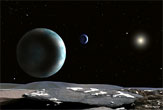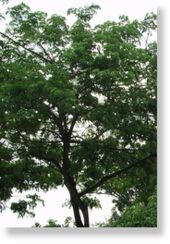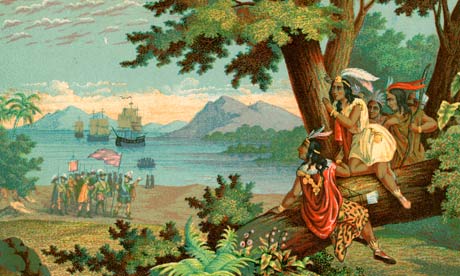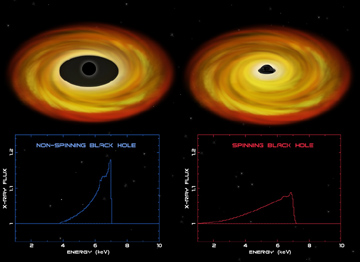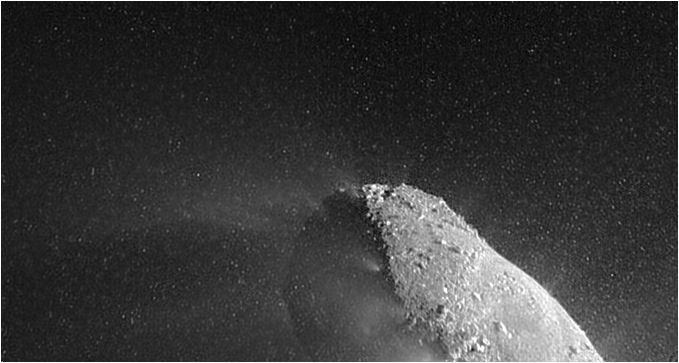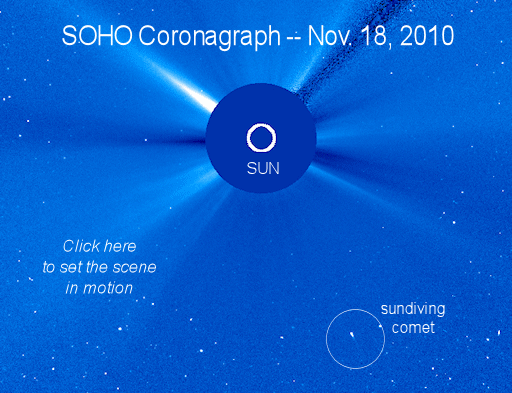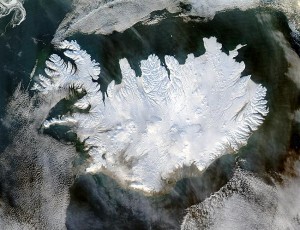
New anthropology and genealogy studies indicate that "Native" Americans, more correctly known as Beringians for having entered the North American continent from Asia via the Bering Straits, accompanied Norsemen to Iceland 500 years before Christopher Columbus discovered America.
The controversial theory is put forward in the Master thesis of Sigrídur Sunna Ebeneserdóttir, who is studying anthropology at the University of Iceland (HÍ), and was conducted on behalf of deCODE Genetics. According to the study published in The American Journal of Physical Anthropology, some 350 Icelanders alive today carry genes characteristic of Beringians, and proves Europeans had been in North America more than 1,000 years ago.
Ebenesdóttir's work is the continuation of a study published in 2000 by HÍ and deCODE anthropologist Agnar Helgason, who served as her tutor. In his study, Helgason indicated that most of the women who settled in Iceland came from the British Isles, while most of the male settlers came from Scandinavia.
